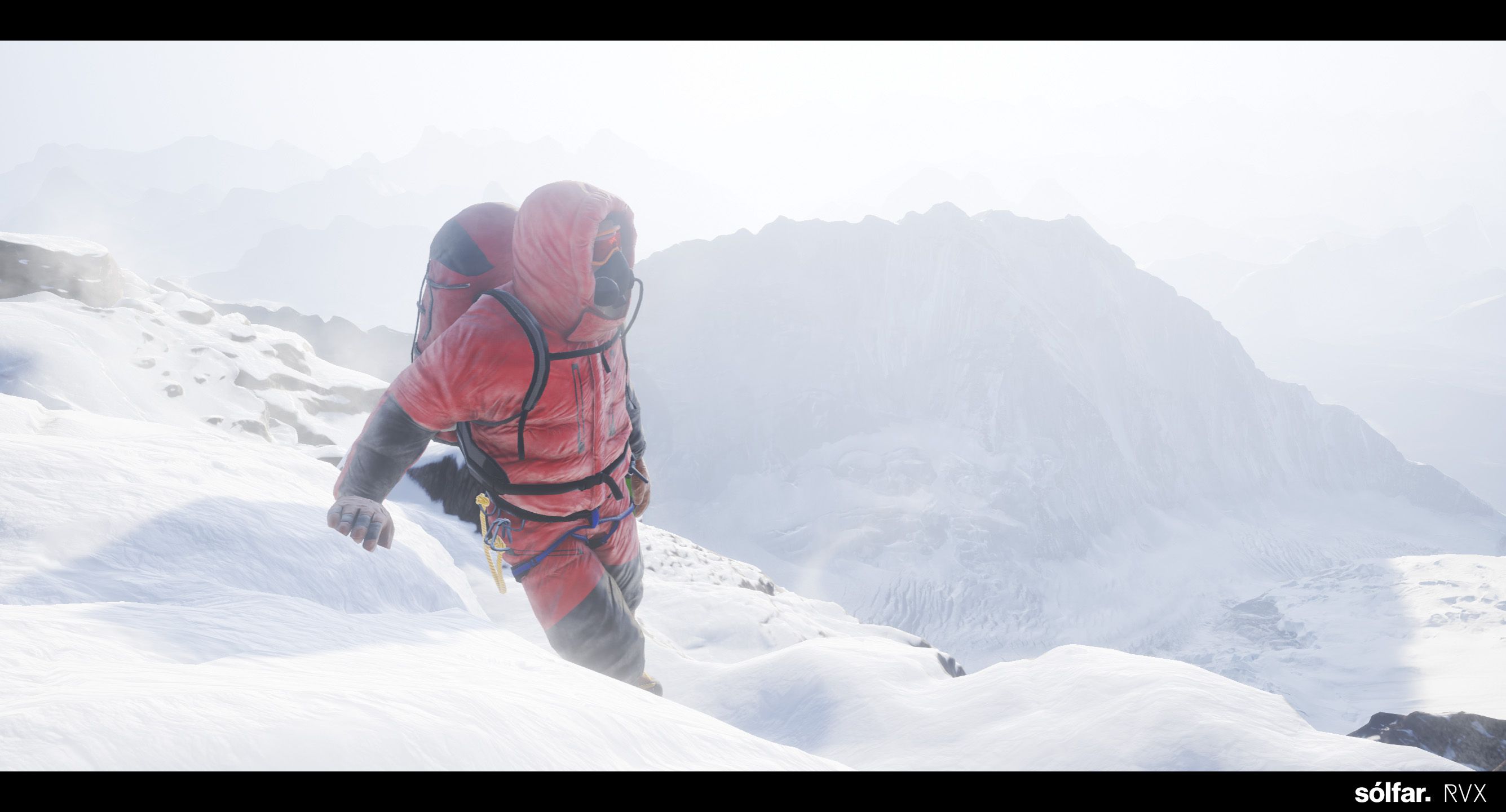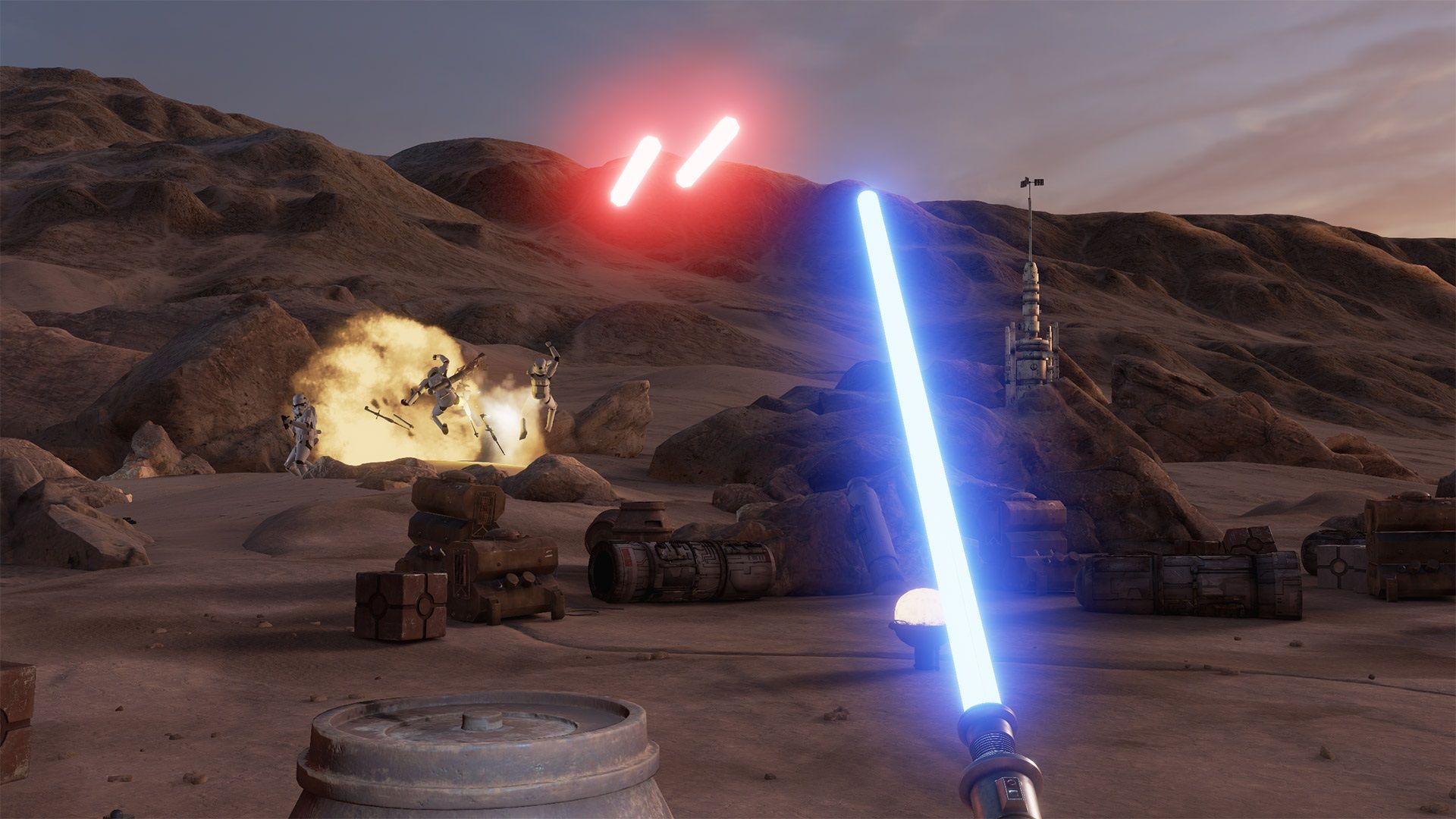Nvidia is and will forever be a mainstay in the video game industry. Despite not providing CPUs or GPUs for this-generation of consoles, the technology company continues to stake its claim in the PC space. Its GameWorks platform has been an outstanding platform for PC developers, allowing them to push the boundaries of how good a game can look when running on their hardware. Now we have VR, a brand new technology with enormous capabilities, and we have Nvidia leading the technological charge.
VR is very demanding on hardware, requiring powerful GPUs to render stunning graphics. Nvidia is making this easier by building fast and powerful GPUs to tackle this issue. For example, unlike traditional GPUs, Nvidia provides multi-res shading, a technique that renders each part of an image at a resolution that best matches the final image displayed on the headset. That alone offers developers up to 50 percent more performance power, allowing them to increase the visual fidelity of their VR games. Experiences like Everest VR and Star Wars: Trials on Tatooine stand as proof as to how good VR games can look.
Nvidia is also offering some powerful tools for developers to create amazing experiences on Nvidia hardware. VRWorks, much like GameWorks, is a software development kit that unlocks the potential within every Nvidia GPU. The big difference? VRWorks is obviously built for VR, providing developers with the best performance, low latency, and out-of-the-box compatibility for VR. Despite Oculus Rift just coming out, and HTC Vive out in April, VRWorks is already seeing widespread adoption. Unreal Engine and Unity have added support for the SDK. Players can enjoy VRWorks enhanced games on Oculus Rift or HTC Vive. PlayStation VR games will not support VRWorks for a very simple reason; the PlayStation 4 hardware is built using AMD technology, not Nvidia.
Nvidia’s readiness to support VR goes beyond developers. The company is very much focused on making sure it’s easy for the end-user to be VR ready. They’ve worked tirelessly to ensure that all Game Ready drivers are ready to ensure that all VR games work from day one. Their GeForce GTX VR Ready program will imprint a badge on the boxes of all graphics cards that can handle VR. They really want the consumer to be educated, and ensure that they get a good VR experience. So far, more than 100 PC makers, system partners, and retailers are participating in the program. This bold step will make it easier than ever for consumers looking to jump into VR.
Mostly though, Nvidia wants VR to be as accessible to as many users as possible. VR-ready notebooks featuring NVIDIA GeForce GTX 980 GPUs will hit the market, offering VR experiences on the go. The company is also battling the image that VR is inaccessible due to high prices. GeForce GTX 970 GPU is one of the most popular graphics cards available, and doesn’t cost that much. In fact, the GTX 970 can be purchased for as cheap as $300. That’s a good price, though Nvidia may be fighting an uphill battle here. Despite the relatively cheap card, customers still have to deal with the high costs of getting a VR headset. $600 for Oculus Rift is a high price to swallow and the even-higher $800 for HTC Vive is even harder to swallow.
Time will tell whether VR will succeed, or whether it will pass as another gimmick. Either way, Nvidia is throwing all their support behind it. The company continues to be at the forefront, leading the charge for VR through its numerous programs. Whether developer or consumer, Nvidia is ready to make VR a reality for everybody.



